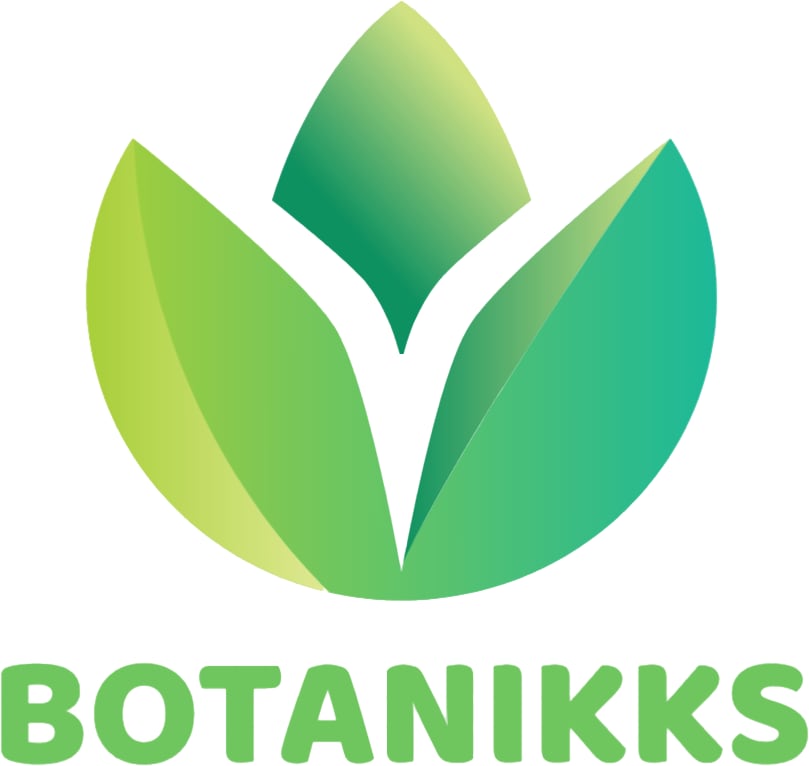Overview
Poa arctica R. Br. var. vivipara Hultén, also known as Arctic bluegrass, is a perennial herbaceous plant that belongs to the Poaceae family. This plant is native to the arctic and subarctic regions of North America and Eurasia, including the Arctic, Greenland, Iceland, Labrador, Alaska, Canada, and Siberia.
Appearance
Arctic bluegrass has a fibrous root system, and its stem grows up to 20 cm tall. The leaves are mostly basal and are narrow, firm, and flat with pointed tips. The plant has a bluish-green color, which is most prominent during the winter months. The inflorescence of the arctic bluegrass is composed of spikelets, each containing several florets.
Uses
Arctic bluegrass is an important food source for many arctic and subarctic animals, such as caribou, muskoxen, and various species of birds. The plant is also used in some traditional medicine practices, where it is believed to have various healing properties. Additionally, because of its attractive blue-green foliage, arctic bluegrass is sometimes used as an ornamental plant in landscaping.
Conclusion
Poa arctica R. Br. var. vivipara Hultén, or Arctic bluegrass, is a beautiful and important plant in the arctic and subarctic regions. Its blue-green color, fibrous root system, and narrow, firm, and flat leaves make it an attractive addition to gardens and landscaping. Additionally, it is an important food source for many arctic animals and has traditional medicinal uses.
Light Requirements
Poa arctica R. Br. var. vivipara Hultén is a plant that thrives in full sun and can tolerate partial shade but may not grow as vigorously as it would in full sun. This plant species needs ample amount of sunlight to produce enough energy through photosynthesis to support their growth and development.
Temperature Requirements
The Poa arctica R. Br. var. vivipara Hultén plant is commonly found in alpine regions in the Arctic and subarctic zones. It is well adapted to colder temperatures and often found in harsh environments where temperatures can fall below freezing. The plant can tolerate cold temperatures as low as -40°C. However, extreme heat can harm the plant, and prolonged exposure to temperatures above 20°C can affect its growth and development.
Soil Requirements
The Poa arctica R. Br. var. vivipara Hultén plant grows best in well-drained soil that is acidic with a pH ranging from 5.5 to 7.0. The soil should also be rich in organic matter. In its natural habitat, the plant grows in rocky, gravelly, or sandy soil. The roots are not deep, but they spread widely, allowing the plant to access nutrients and moisture from the surrounding soil.
Cultivation Methods
Poa arctica R. Br. var. vivipara Hultén can be cultivated in full sun to partial shade depending on the climate. It can thrive well in moist, well-draining soil, preferably acidic. The most suitable time to plant is during the spring or autumn when the temperatures are moderate.
Watering Needs
The plant needs regular watering to keep the soil moist, but not waterlogged. Watering twice a week would suffice, but the frequency should be adjusted according to the climate and moisture level of the soil. Avoid overwatering as it can cause root rot and other harmful fungal diseases.
Fertilization
Poa arctica R. Br. var. vivipara Hultén does not require frequent fertilization. However, if the plant is growing in less fertile soil or displaying a lack of nutrients, a balanced fertilizer can be given in early spring or early autumn. This will aid in healthy growth and improve the plant's tolerance to various environmental conditions.
Pruning
Poa arctica R. Br. var. vivipara Hultén does not require pruning, but dead or damaged leaves can be removed. This ensures the plant's aesthetic and prevents the spread of disease. If the plant is grown as a groundcover, trimming can be done annually, but ensure to leave about 2-3 inches of growth.
Propagation Methods for Poa arctica R. Br. var. vivipara Hultén
Propagation of Poa arctica R. Br. var. vivipara Hultén is primarily done through vegetative means rather than through seed propagation. The plant produces bulbils, which are miniature bulbs that eventually grow as separate plants, and therefore the primary means of propagation is done through division of these bulbils.
Division of the bulbils can be done either during the plant's dormant period or during early spring when the bulbs are just beginning to actively grow. The bulbils should be carefully removed from the mother plant to avoid any damage, and then replanted individually, at a depth of approximately 1-2 cm. Ensure that the new planting location will have adequate sunlight and moist soil, as the plant is accustomed to alpine habitats with low temperatures and high moisture levels.
Another means of propagating Poa arctica R. Br. var. vivipara Hultén is through division of the parent plant itself. The plant should be carefully dug up and then separated by gently pulling or cutting individual bulbils or the rhizomes that connect them. The individual plants can then be replanted at the same depth as the parent plant.
Disease and Pest Management for Poa arctica R. Br. var. vivipara Hultén
Poa arctica R. Br. var. vivipara Hultén, commonly known as Arctic bluegrass, is a hardy plant that can withstand harsh weather conditions. However, just like any other plant, it is susceptible to diseases and pest invasions. Here are some common diseases and pests that might affect the plant and ways to manage them.
Diseases
Fusarium patch: This is a fungal disease that causes the grass to turn brown in patches. It often occurs in cool, moist weather and can be prevented by avoiding excessive watering and improving drainage. To manage an active infestation, fungicides can be applied.
Leaf spot: This is another fungal disease that causes the grass blades to turn yellow or brown. It is often caused by overwatering and can be prevented by watering early in the day and avoiding overhead irrigation. Fungicides can be used to control an active infestation.
Powdery mildew: This fungal disease results in a white, powdery coating on the grass blades. It is common in humid conditions and can be prevented by improving air circulation and avoiding overcrowding. Fungicides can be used to manage an active infestation.
Pests
Armyworms: These caterpillars can quickly devastate entire lawns if not managed properly. They are most active in the early morning and late afternoon and can be managed using insecticides.
Billbugs: These pests can cause serious damage to the root system and stem of the plant, leading to yellowing and thinning of grass blades. They can be prevented by ensuring proper lawn maintenance such as aeration, fertilization, and watering. Insecticides can be used to control an active infestation.
Grubs: These beetle larvae can cause brown patches and thinning of the lawn. They are most active in the fall and can be prevented by proper maintenance such as regular mowing, fertilization, and watering. Insecticides can be used to control an active infestation.
By taking preventative measures and promptly managing any diseases and pests, you can ensure your Poa arctica R. Br. var. vivipara Hultén plant remains healthy and vibrant.


